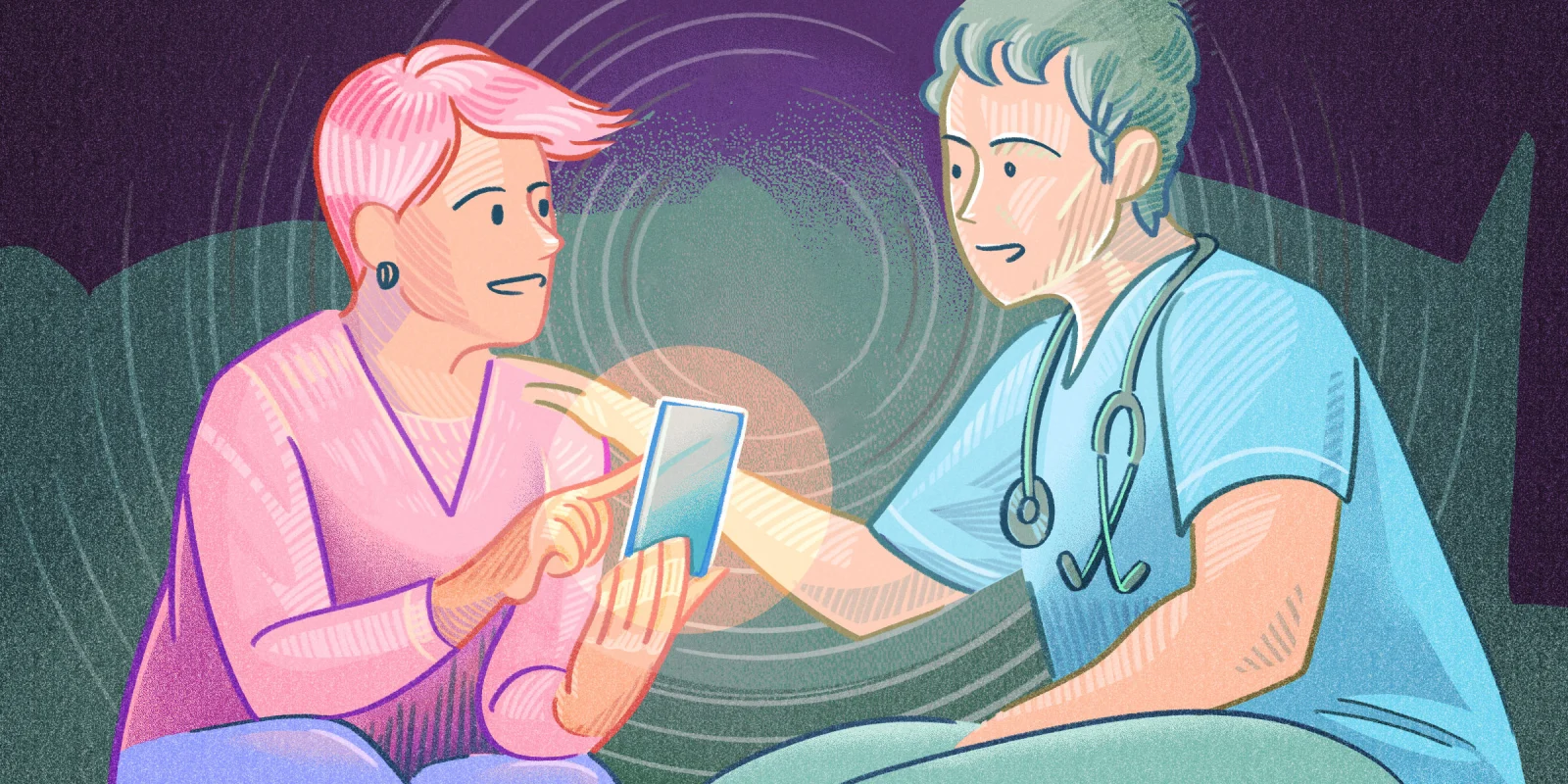We often brag about our ability or, more accurately, intention to provide patient-centered care. We claim to put patients first, act in their best interest, and treat them the way we think they want to be treated. While the intention may be true, the evidence for the effectiveness of our methods remains suboptimal.
As a researcher with interest in patient outcomes, I plug patient satisfaction surveys and quality of recovery scores into most of my prospective protocols. It is great science when I’m measuring postoperative pain and opioid consumption, but it is more humane to ask my patients how they feel about their care. In my mind, avoiding a bad outcome while causing another is not the way to go. What good is sending a surgical patient home a day sooner if they will be more likely to fall at home? If I rush them through postoperative rehabilitation and avoid in-hospital complications and cost, then find out they stayed home for three days unable to care for themselves, then what did I win and what did I lose? And a better question to ask would be, what did they win and what did they lose? Would my patient rather tolerate some pain in the postoperative care unit or tolerate opioid-induced nausea? Would they rather power through a five-inch needle stick during a regional block or receive an intravenous analgesic with potentially less adequate pain relief? I simply won’t know unless I ask.
One of the bigger limitations to collecting patient-centered data are our current methods of doing so. Patients are sometimes bombarded with questionnaires throughout their hospital stay and even after they’ve gone home hoping they’d never set foot in the hospital again. “How’s your pain on a scale of 0 to 10?”; “When was the last time you had anything to eat?”; “Tell me about all your medical conditions, all your medications, and the entirety of your family’s medical history”; “How are you feeling today?” (This last question gets asked by about a dozen people daily, even if the patient is visibly writhing in an uncomfortable bed.) And then they go home and someone from quality improvement or hospital administration or research (guilty!) calls them to ask about their pain, their recovery, and a slew of other things.
In an ideal world, answers to those questions are vital for us to do our job right. The issue arises when we seem to be “too demanding” of our patients to give us lengthy, accurate answers at times when all they want is to be left alone. Many physicians and other health care professionals are working on improving this dynamic, but this tends to be a local effort with limited reach. What is needed is a better way of asking these questions to people who would willingly provide answers unconstricted by temporal proximity to a significant health scare. This requires a great deal of collaboration between the caregivers, the care stewards, and the care industry as a whole. This means physicians, health care professionals, researchers, hospital administrations, health care companies, health care investors, and even lawmakers.
One such collaboration that I am fortunate to be currently working on is national-level population surveys. These anonymous opt-in surveys are conducted by a web-based service that captures the sentiment of responders on a variety of topics. The questionnaires are deployed randomly across the web, and the questions change based on an initial quick survey of the respondent in order to capture relevant information. No private information, no unique identifiers, no forced questions, no obligations, and no incentives. This ensures a random and representative sample that can be grouped by geographical location to a zip code, a state, a country, or a region. The data is filtered and cleaned, and the result is the closest you can get to a massive population interview, only you get the results and analysis in a matter of weeks!
In this published example, a survey was conducted amid efforts to increase COVID-19 vaccination and mask-wearing rates in the U.S. and aimed to investigate how the public reacted to these efforts. A month of data collection yielded more than 14,000 responses and revealed clear differences in the likelihood of vaccination across demographic indicators. Interestingly, vaccination intention/hesitancy and response to incentives also differed across those indicators. This work is important to guide policy making and understand population-level responses to current and future initiatives.
What if we could ask our patients anything? What if we could design a survey to figure out what worked and what didn’t after a surgical procedure? Would that not enhance our “patient-centered” care for our upcoming patients? Would that not give the most “bang for our buck” when deciding where to allocate research, education, and quality improvement resources?
I invite you to join me in learning more about this technology and building the perfect patient surveys in a newly created research collaboration where all input is welcome. The future of patient-centered research is here, and the future of patient-centered care is on its way.
What do you need to provide patient-centered care? Share in the comments.
Dr. Saasouh completed an anesthesiology residency at the American University of Beirut (Lebanon), a research fellowship at the Cleveland Clinic Department of Outcomes Research (Ohio), where he was chief research fellow, received training in neuroanesthesiology at the Cleveland Clinic (Ohio), and completed an anesthesiology residency at the Detroit Medical Center (DMC - Michigan). He is currently a Board-certified Anesthesiologist and a Director of Research. Dr. Saasouh was a 2019–2020 Doximity Conference Fellow and is a 2022–2023 Doximity Op-Med Fellow and a 2023 Doximity Digital Health Fellow.
Illustration by April Brust







